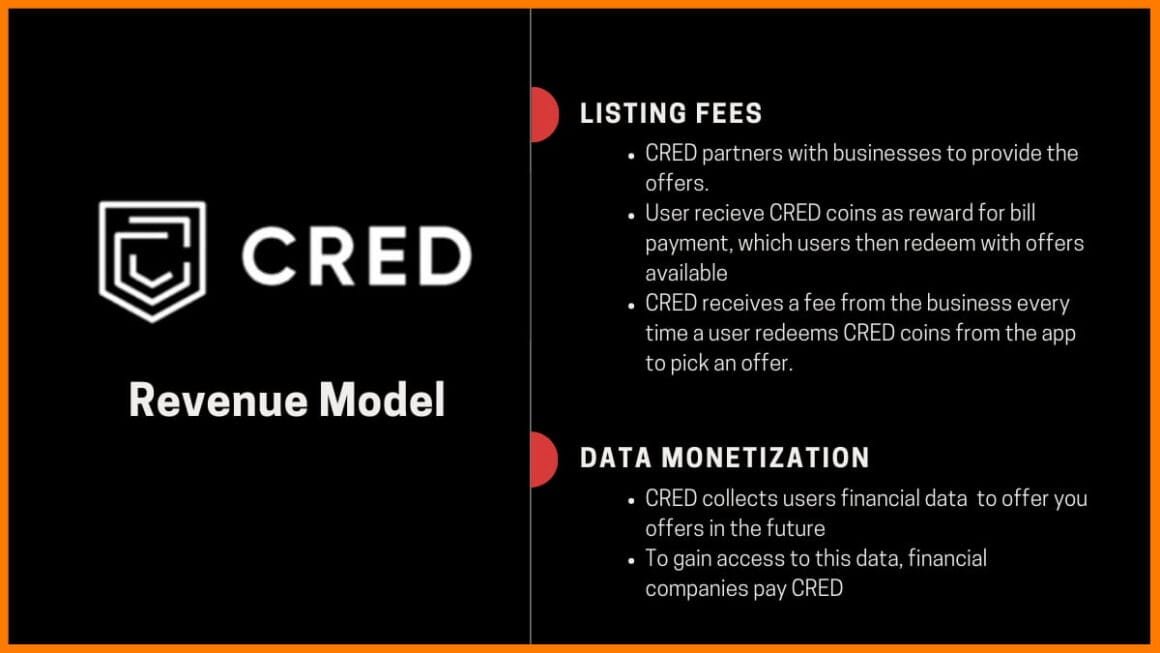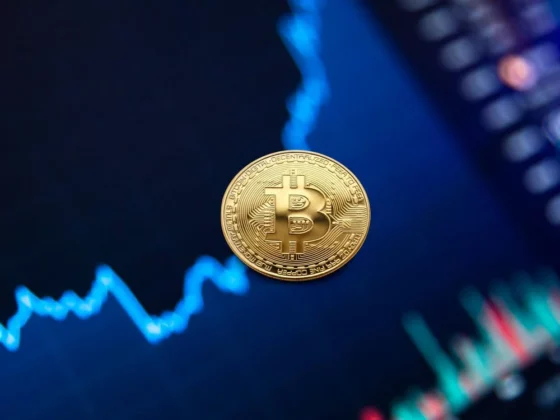We are in 2022 and living in a moment where almost everything is available in a blink of an eye. Be it Groceries, Foods, Apparels, Gadgets, Appliances, Songs, Movies & so many things. This age of Technology Based Startups have made everything accessible to the humans. However, we are talking about the most important means to avail these Necessities.
– Money –
Because Money Matters the Most
Yes, One of the Most Important Technology Innovations has been done in the financial sector. In this blog, we will try to explain the chronology of Use of Technology in Financial Sector.
Need Creation for money lending being the First step.
Back in 2008, E-commerce just started to spread its arms in India. IRCTC was launched in 2002, Make My Trip in 2005, Book My Show & Flipkart in 2007. There were other big or small Ventures who were trying to Fill the larger part of the Vacuum that was there in 2008. These Dot Com Startups lured the Indian consumers with so much options, attractive discounts and ease of access. Digital Campaigns started by these startups created an urge in the people to try different things.
But the Indian Consumer was reluctant to shop Online Due to Many Reasons such as
- Credibility and Trust Issues due to fear of financial and business frauds.
- Low and very low Internet penetration. Internet was mostly accessed through Personal Desktops & Cyber Cafes( as were called popularly). It was not in pocket and everywhere.
- Low Financial Literacy and Awareness.
- Low Accessibility of Banking Services
- Higher Transaction & Maintenance Costs of Financial Instruments like Debit Cards/ Credit Cards etc.
Data Capturing Technology
MTNL introduced 3G Technology in December 2008 in Delhi & Mumbai. Afterwards, In June 2009, HTC Launched 1st Smartphone in India which used Google’s Android Technology. Facebook and Twitter were launched in India in late 2006, LinkedIn in 2009, WhatsApp in 2010.
The above platforms are most popular for news sites, marketers, and everyone else in the business of getting people consume content or make purchases online. So , what do these platforms get out of this? Data – Specifically, your Data.
You must have observed while installing an app or using some of its features, it prompts you a list of permissions the program wants from your device. This list may include but not limited to :
- Camera
- Contacts
- Location
- Microphone
- Phone
- Storage
- Call Logs
- SMS
These Permissions are essential in some cases, other times, they are simply harvesting data that can be sold to advertisers & companies for whom it is useful. It’s worth carefully reading what each one wants to see and understanding the associated risks to your security.
Fintech Startups use customized credit assessment models and data analytics to determine eligibility and loan interest rates. The credit scoring algorithms rely largely on the applicant’s phone usage patterns and online activity to decide whether and at what rate to offer a loan. They read your SMS, your spending habits, your contacts and call logs & your conversations too.

This is how Fintech startups and companies are able to give loans without traditional checks like collaterals or guarantor.
Introduction of CIBIL & other Credit Score Agencies.
Your creditworthiness is looked at before giving out a loan to establish both the degree of your creditworthiness and the amount of money you need.
CIBIL stands for Credit Information Bureau (India) Limited now known as Transunion CIBIL Limited. It was formed in August 2000 on the basis of recommendations by the RBI Siddiqui Committee. However, it took 7 years to introduce CIBIL Score, India’s first generic risk scoring model for banks and financial institutions. And in 2011 CIBIL TransUnion Score is made available to individual consumers.
How CIBIL Works & helps in money lending?
Banks & Financial Institutions constantly submit loans & credit information to CIBIL. Credit Information is collected and stored by the bureau to Calculate the Credit Score on the basis of use and repayment history of all loans & credit facilities. Credit Score ranges between 300 to 900. 300 being very bad & 900 being Very good.
So if you have a Poor Credit Score, it will impact your eligibility for any loan & prevent you from availing future credit if you ever need. No lending institution will lend you Money if you are unreliable with regards to your repayment schedules.
This Credit Score scenario has provided a Cushion to money lenders as the borrower has to settle the money borrowed sooner or later, or else his/her credit rating will be compromised and hence his eligibility to take any future loans. In this sense, these credit information agencies have played a vital role in making Fintech a Reality.
CIBIL is now being joined by other Credit Information Agencies like Equifax, Experian & CRIF High Mark.
Blockchain Technology
A Blockchain is a decentralized and distributed ledger. It is used to maintain a chronologically ordered immutable and permanent record of transactional data. This technology stores transactional data in a continuously growing list of records. And these records are known as blocks. Blockchain technology uses cryptography to securely link these blocks. Some of the most useful applications of Blockchain in Fintech are
- KYC Verification
- Trusted payment solutions & remittance process
- Credit Scoring
- Faster Processing Speed & elimination of Audit Trail.
UPI (Unified Payments Interface)
Unified Payments Interface (UPI) is an instant real-time payment system developed by National Payments Corporation of India (NPCI). It powers multiple bank accounts, wallets and other features into a single mobile application (of any participating bank), merging several banking features, seamless fund routing & merchant payments into one hood. UPI also generates a specific QR code for each user account for the purpose of contact-less payment. NPCI manages its own app called BHIM. UPI became one of the most successful deep-tech innovation coming out of India.
It is believed that Fintech market in India is likely to expand to $31 billion in 2020 and this owes largely to the use of UPI payments. It has revolutionized the E-commerce Payments because it is very quick and easy to use. As it is directly linked with a person’s Bank Account, there is no need to maintain separate wallets to do so many transactions.
As already discussed above about the credibility and trust issues in Indian Consumer, UPI being backed by RBI and NPCI has been able to build trust in digital payment services. Such is its influence that its going to surpass VISA & Mastercard by 2023.
QR Code Payments
QR code payment is a contactless payment method where payment is performed by scanning a QR code from a mobile app. This is an alternative to doing electronic funds transfer at point of sale using a payment terminal. This avoids a lot of the infrastructure traditionally associated with electronic payments such as payment cards, payment networks, payment terminal and merchant accounts.
To make a QR code payment, the consumer scans the QR code displayed by the merchant with their smartphone to pay for their goods. They enter the amount they have to pay and finally submit. This is a more secure card-not-present method than others.
List of Fintech Startups
Following is a List of Companies who are purely Fintech Startups or using Fintech to sell their products:
- PAYTM – Started as Mobile & DTH recharge platform & then Paytm Wallet, it ultimately diversified into e-commerce through PAYTM Mall & entered into traditional Banking System as PAYTM Payments Bank. Ten Lakhs(10,00,0000) banking outlets across India were expected to be launched by 2018. However, the actual number is very less .
- BHARATPE -It is a QR-based payment aggregator that has enabled transactions without any kind of fees by leveraging UPI . They further launched XtraIncome Card & Bharat Swipe. But Ultimately BharatPe earns its revenue by providing macro to microloans to small business owners without using CIBIL Score & much paperwork. As small business owners face problems while applying for loans , Bharatpe accurately served the pain points of small businesses.
- Google PAY-Google Pay was developed with the motive of making online cashless transactions easier for consumers. It currently does not make any money but has many revenue-generating opportunities. This might enable it to make about $4.5 billion a year in the future. The rate at which people are choosing Google Pay, this is very likely to happen. In short, Google is still figuring out how to earn revenue from its so much popular payments App.
- PHONEPE
- AMAZON PAY
- WHATSAPP PAY
- MOBIKWIK
- FREECHARGE
- BAJAJ FINSERV
- POSTPE

 Add to favorites
Add to favorites








